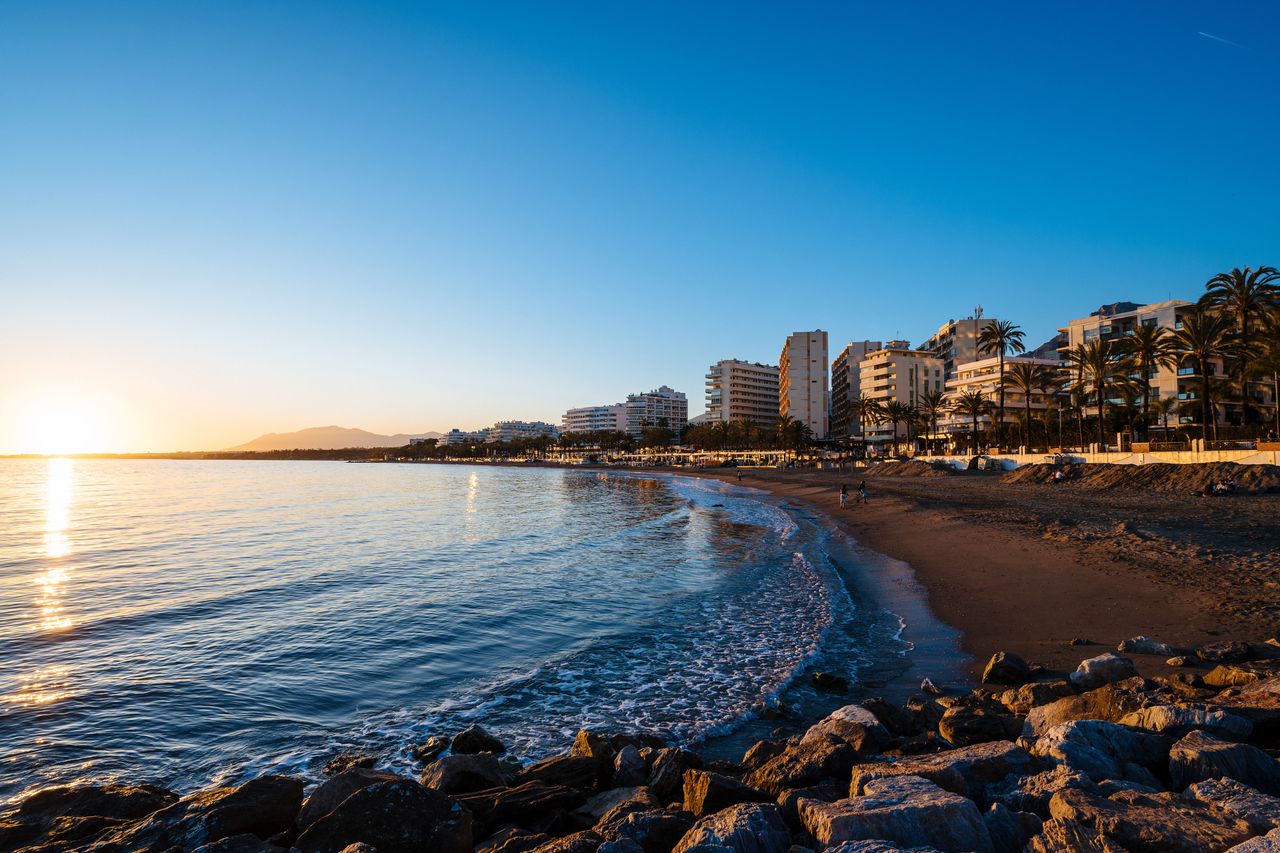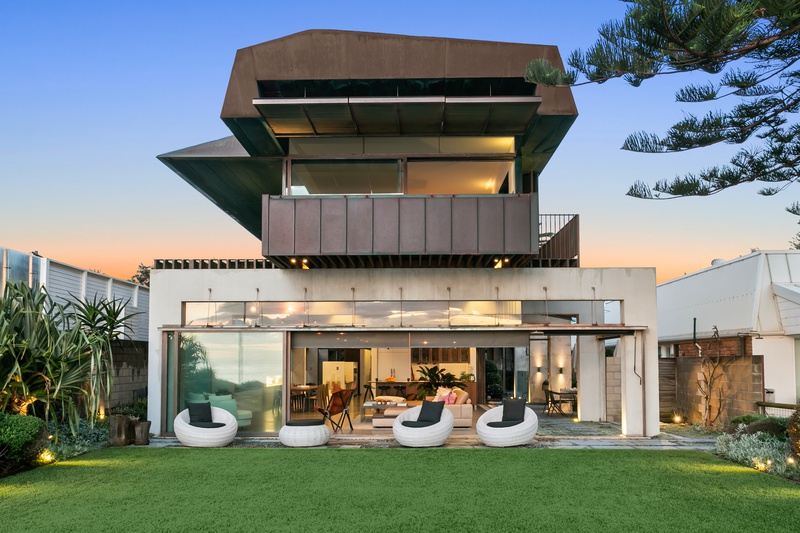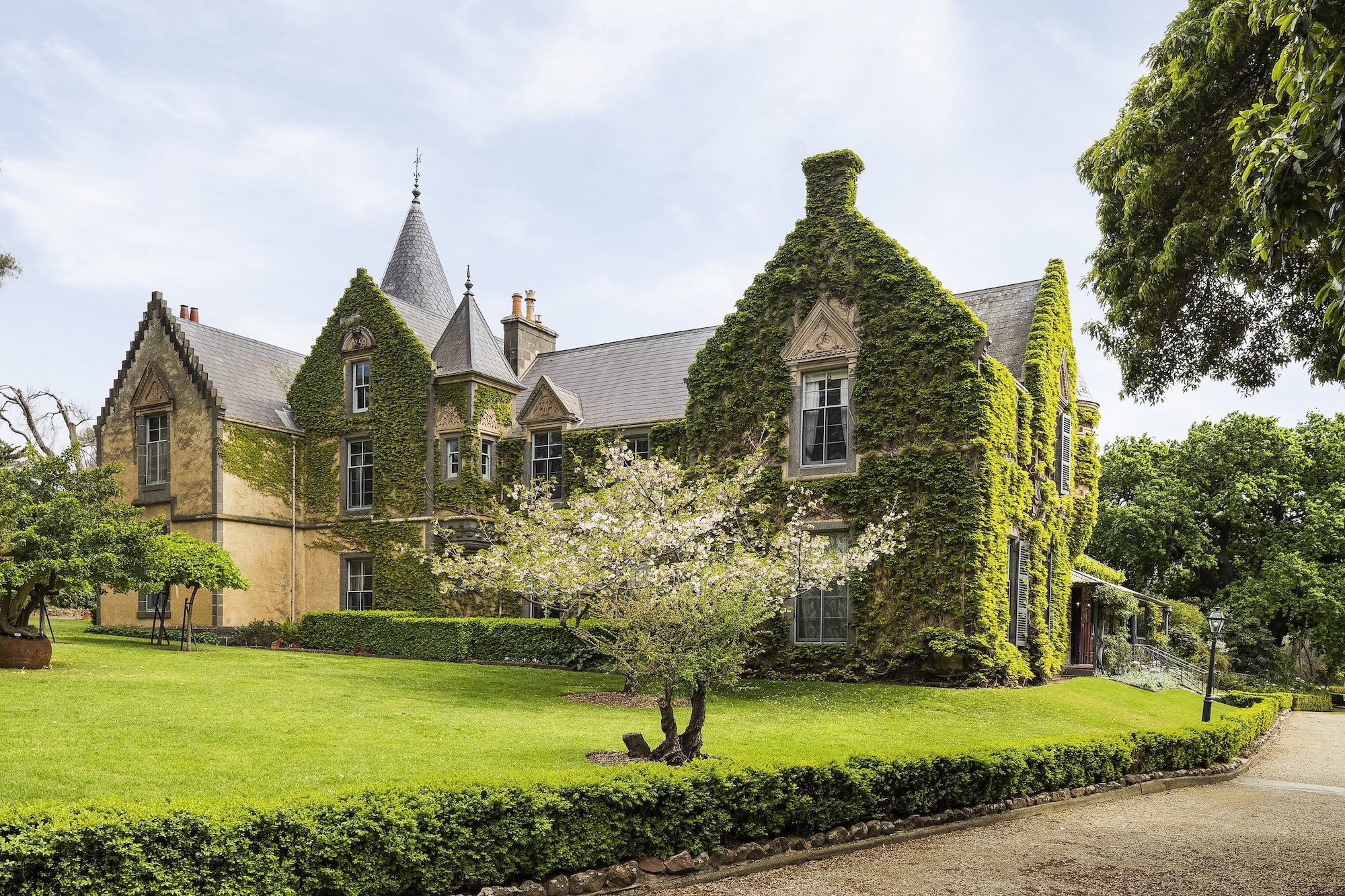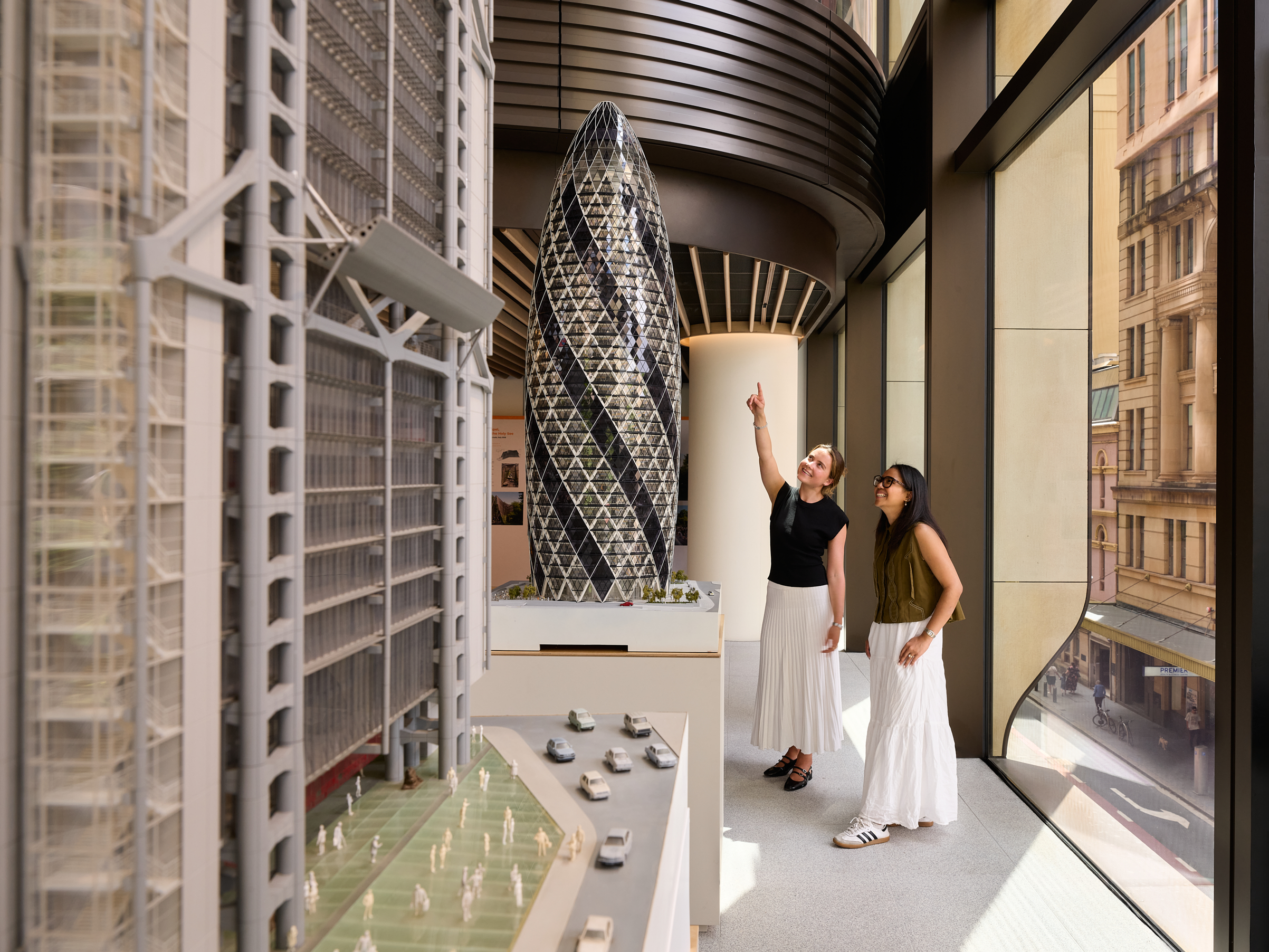Once Under the Radar, Americans Are Buying Homes in Spain More Than Ever Before
The strength of the dollar, an increase in direct flights and an appetite for the ‘Spanish way of life’ has driven more U.S. buyers to the country’s real-estate market
Ron Hale ushered in 2023 by relocating from landlocked Orlando, Fla., to a primary residence in Marbella, on southern Spain’s Mediterranean coast. In January, the 59-year-old founder and CEO of Natural Tone Organic Skincare, a Florida-based beauty-supply company, closed on a 3,000-square-foot, three-story townhouse, with four bedrooms, spacious balconies, sea views and a sale price of $1.1 million.
Mr. Hale, who wanted a base to better supervise his company’s diverse European interests, chose Marbella, a glamorous resort known for its balmy year-round climate, because of “the food, the golf and the international flair of it all,” he says. And his newly remodeled turnkey purchase—what he likes to call a place to lock and leave—has easy access to Málaga airport, the gateway to Spain’s Costa del Sol region, a 45-minute drive away.
“Golfing interests me,” he says, citing his townhouse’s proximity to a number of courses, such as the Real Club de Golf Las Brisas. “But the airport is key.”
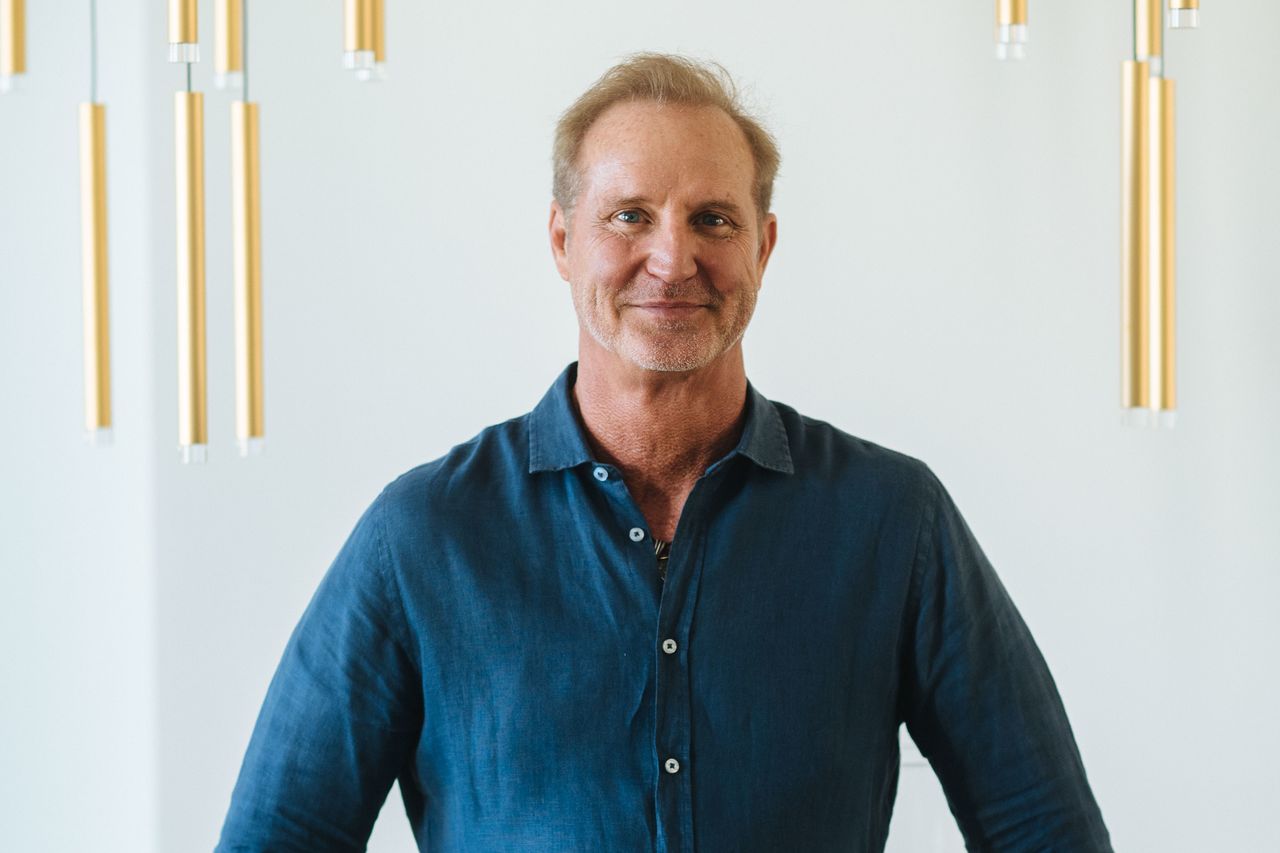
PHOTO: GABRIEL NAVAS FOR THE WALL STREET JOURNAL
American buyers of primary residences and vacation homes are shaking up the Spanish real-estate market. Mark Stücklin, a Barcelona-based real-estate analyst who owns the website Spanish Property Insight, says Spanish notary records indicate that sales to Americans were up 76% in the first half of 2022 compared with the year before, making it the highest half-year by volume on record.
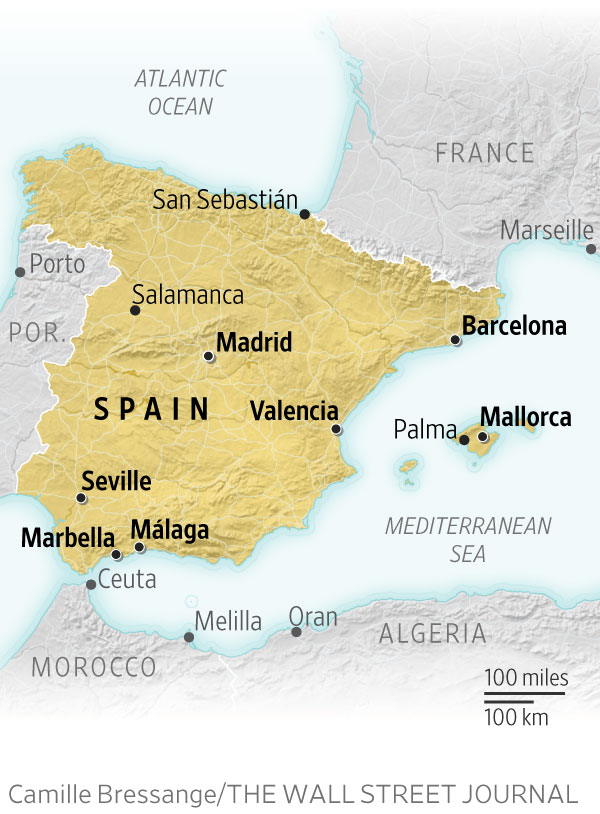
Mr. Stücklin says the plurality of Americans are buying in Andalusia, the region that includes Marbella, Málaga and Seville. Sean Woolley, managing director of Cloud Nine Spain, which handles sales of coastal properties between Málaga and Gibraltar, says Americans “were never really on our radar before” but they now make up 25% of his sales and 20% of his inquiries. In Madrid, Alejandra Vanoli, managing director of Spain’s VIVA Sotheby’s International Realty, says Americans have become her agency’s No. 1 foreign clientele in the Spanish capital’s high-end market, replacing Latin Americans, the longtime linchpin in luxury sales.
Regular direct flights between Atlanta and Madrid were a key factor for Gil and Laura Madrid, who work together at Ms. Madrid’s Georgia-based travel agency, Resort to Laura Madrid. This year, the couple’s surname proved “fortuitous,” jokes Mr. Madrid, 58, when they paid just over $1 million for a 1,790-square-foot Madrid apartment in the city’s atmospheric La Latina neighbourhood, a short walk from the Royal Palace. They settled on the two-bedroom, two-bathroom turnkey refurbishment after looking at a dozen other homes. They plan to use it for vacations.
Ms. Madrid, 54, calls the choice a no-brainer, citing the city’s vibrant culture and the historic centre’s walkability and affordability. The couple say they had been reluctant to buy a second home but were inspired by the strength of the dollar—down nearly 10% since breaking through parity with the euro last summer but still near historic highs in terms of purchasing power—and by the eight-hour travel time between their Atlanta and La Latina homes.
“Nonstop flights are really critical,” adds Mr. Madrid.
Spain’s real-estate market is seeing rising prices, but the country, which by some measures is still recovering from the 2008-09 financial crisis, can seem like a bargain. The Madrids’ new La Latina neighbourhood is located in the Centro district, among the city’s strongest, with prices rising 8% between the fourth quarters of 2021 and 2022, according to analysis by Tinsa Spain, the real estate valuation and data company. Greater Madrid prices are down 12.3% from early 2008 highs. In Marbella, Mr. Hale’s new home, prices rose 6.4% in 2022 from 2021, still down some 15% from their peak in the third quarter of 2008.
Palma de Mallorca, the capital of Spain’s Balearic Islands, has some of the country’s most expensive residential real estate, with average prices of $263 a square foot, up nearly 6% in 2022. Now, with seasonal direct flights to Newark, N.J., the historic city, with its revived medieval core, is seeing a spike in American buyers who want to balance Old World charm with contemporary convenience. Sotheby’s Ms. Vanoli says Palma city properties, 20 minutes from the airport, are at the top of Americans’ lists.
Kelsey and Michael Wulff, a British-German couple in their 60s, have listed their 11,800-square-foot Palma palace for $6.3 million. The couple, both retired, paid $3.1 million in 2013, and then spent about $530,000 to renovate the 13th-century structure. After a few years of dividing their time between the palace and a smaller city apartment nearby, they are selling the larger home, which in recent years they have used for guests, parties, and events, such as a private concert series.
Located a short walk from Palma’s waterfront Gothic cathedral, the palace salon has its original wooden ceilings, whose vivid colours were revealed during a restoration, and a rooftop terrace with 360-degree views. Mrs. Wulff has been a witness to Palma’s remarkable gentrification. Back in 2000, she recalls, “even taxi drivers wouldn’t come to this area. Now it’s Palma’s most expensive.”
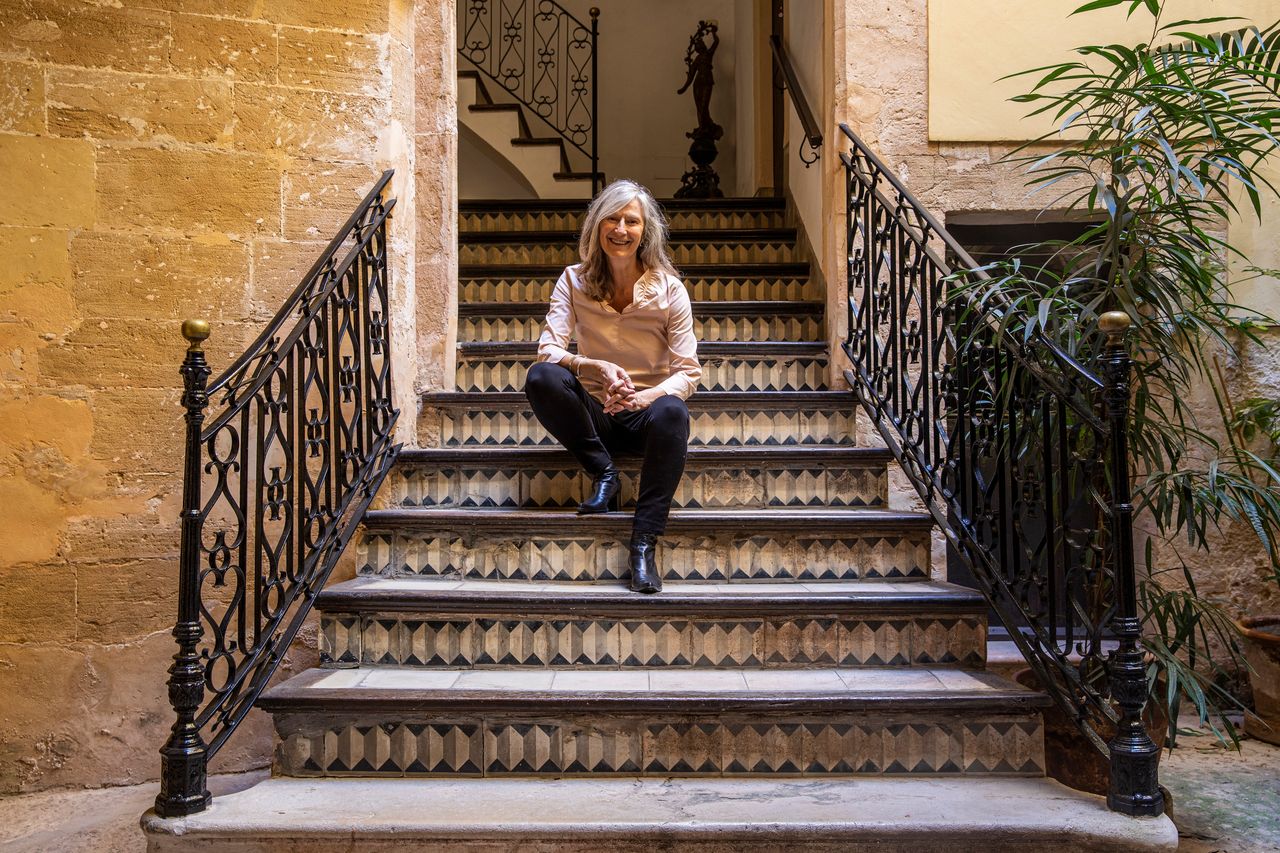
PHOTO: STUART PEARCE FOR THE WALL STREET JOURNAL
Back on the mainland, Valencia, Spain’s third-largest city, also has become a centre of expatriate American living, even though it doesn’t have direct flights to the U.S. Real-estate agent Conor Wilde, CEO and founder of Found Valencia Property, says 90% of his American clients are interested in full relocation. This new wave of expat American is coming for a “Spanish way of life” that his clients regard as a respite from political divisions and the threat of gun violence, he says.
Newly resettled Americans typically arrive with school-age children, he says, but maintain their home ties, spending summers and holidays back in the U.S. “We have American buyers coming in every single week,” he says. “I have never seen anything like it.”
Valencia combines Barcelona-style architecture and beach life with Madrid-style urbanity and Seville’s signature orange trees. Rob Glickman and his wife, Tina Ashamalla, a couple in their early 50s, relocated here in 2019 from the San Francisco Bay Area. Now living in a rooftop rental in the historic centre, Mr. Glickman, a former Silicon Valley marketing executive who works remotely for a London-based marketing startup, and his wife, a nonprofit board member, closed in late December on a 1,400-square-foot apartment near their rental.
They plan to use the property now for visiting friends and family, and possibly later on as a primary residence in their retirement. They paid $470,000 for the apartment and two garage spaces (precious commodities in the historic city) and are now shopping for a three- or four-bedroom apartment with outdoor space for themselves and their two children, ages 20 and 17, after the family moves out of the rental. “The original idea was to travel the world,” says Mr. Glickman. “Then Covid hit and we stayed here.”
Mr. Wilde says newly arriving Americans often come with Spain’s so-called Golden Visa program in mind. This rewards real-estate purchases of at least 500,000 euros (about $536,000) with familywide residency permits.
Scott Pirrie, a recent Valencia arrival from greater Seattle, is earning dollars from real-estate investments back in the U.S. Currently, Mr. Pirrie, 41, and his wife, 29, along with their young daughter, are living in a rental, but are looking for a three-bedroom apartment of up to 2,150 square feet at a price that would qualify them for the Golden Visa program.
More Americans also make up the clientele at Culto Interior Design, a Barcelona studio co-founded by Daniel Rotmensch, 41, a Spain-based Israeli who offers a one-stop-shop refurbishment service that includes art on the walls.
Mr. Rotmensch says Americans typically spend $160,000 to $320,000 on redoing their new homes, which may include German kitchens and Italian designer furniture, and nearly always lead to an upgrade in air conditioning. He says his recent American clients come from Miami, Los Angeles and San Francisco, among other places, and are interested in areas like Eixample, a 19th-century district marked by Art Nouveau architecture and a lively shopping and restaurant scene.
Average home prices in Barcelona top out at $358 a square foot, slightly higher than Madrid, but growth is more sluggish. Prices in the Eixample district rose a mere 1% in 2022, says Tinsa.
Eixample luxury homes, known for their stylish vintage detailing, are a fraction of what similar units might cost in London or Paris. A four-bedroom, 3,900-square-foot apartment in a prime Eixample neighborhood is currently listed for about $3 million. The apartment has stucco ceilings and a balcony off the terrazzo-floor kitchen.
 Copyright 2020, Dow Jones & Company, Inc. All Rights Reserved Worldwide. LEARN MORE
Copyright 2020, Dow Jones & Company, Inc. All Rights Reserved Worldwide. LEARN MORE
Records keep falling in 2025 as harbourfront, beachfront and blue-chip estates crowd the top of the market.
A divide has opened in the tech job market between those with artificial-intelligence skills and everyone else.
The 2026 McGrath Report warns that without urgent reforms to planning, infrastructure and construction, housing affordability will continue to slip beyond reach for most Australians.
Australia’s housing market has reached a critical juncture, with home ownership and rental affordability deteriorating to their worst levels in decades, according to the McGrath Report 2026.
The annual analysis from real estate entrepreneur John McGrath paints a sobering picture of a nation where even the “lucky country” has run out of luck — or at least, out of homes.
New borrowers are now spending half their household income servicing loans, while renters are devoting one-third of their earnings to rent.
The time needed to save a 20 per cent deposit has stretched beyond ten years, and the home price-to-income ratio has climbed to eight times. “These aren’t just statistics,” McGrath writes. “They represent real people and real pain.”
McGrath argues that the root cause of Australia’s housing crisis is not a shortage of land, but a shortage of accessibility and deliverable stock.
“Over half our population has squeezed into just three cities, creating price pressure and rising density in Sydney, Melbourne and Brisbane while vast developable land sits disconnected from essential infrastructure,” he says.
The report identifies three faltering pillars — supply, affordability and construction viability — as the drivers of instability in the current market.
Developers across the country, McGrath notes, are “unable to make the numbers work” due to labour shortages and soaring construction costs.
In many trades, shortages have doubled or tripled, and build costs have surged by more than 30 per cent, stalling thousands of projects.
Need for systemic reform
McGrath’s prescription is clear: the only real solution lies in increasing supply through systemic reform. “We need to streamline development processes, reduce approval timeframes and provide better infrastructure to free up the options and provide more choice for everyone on where they live,” he says.
The 2026 edition of the report also points to promising trends in policy and innovation. Across several states, governments are prioritising higher-density development near transport hubs and repurposing government-owned land with existing infrastructure.
Build-to-rent models are expanding, and planning reforms are gaining traction. McGrath notes that while these steps are encouraging, they must be accelerated and supported by new construction methods if Australia is to meet demand.
One of the report’s key opportunities lies in prefabrication and modular design. “Prefabricated homes can be completed in 10–12 weeks compared to 18 months for a traditional house, saving time and money for everyone involved,” McGrath says.
The report suggests that modular and 3D-printed housing could play a significant role in addressing shortages while setting a new global benchmark for speed, cost and quality in residential construction.
Intelligent homes
In a section titled Weathering the Future: The Power of Smart Design, the report emphasises that sustainable and intelligent home design is no longer aspirational but essential.
It highlights new technologies that reduce energy use, improve thermal efficiency, and make homes more resilient to climate risks.
“There’s no reason why Australia shouldn’t be a world leader in innovative design and construction — and many reasons why we should be,” McGrath writes.
Despite the challenges, the tone of the 2026 McGrath Report is one of cautious optimism. Demand is expected to stabilise at around 175,000 households per year from 2026, and construction cost growth is finally slowing. Governments are also showing a greater willingness to reform outdated planning frameworks.
McGrath concludes that the path forward requires bold decisions and collaboration between all levels of government and industry.
“Australia has the land, demand and capability,” he says. “What we need now is the will to implement supply-focused solutions that address root causes rather than symptoms.”
“Only then,” he adds, “can we turn the dream of home ownership back into something more than a dream.”
A 30-metre masterpiece unveiled in Monaco brings Lamborghini’s supercar drama to the high seas, powered by 7,600 horsepower and unmistakable Italian design.
By improving sluggish performance or replacing a broken screen, you can make your old iPhone feel new agai









